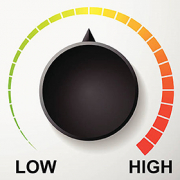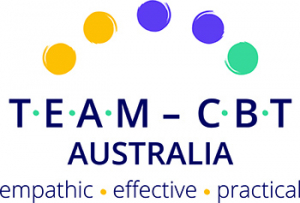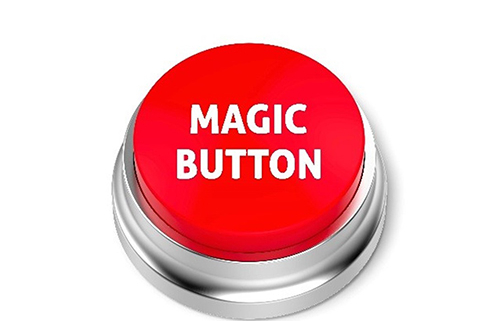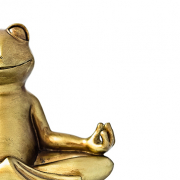Why learn TEAM-CBT?
- TEAM-CBT provides a clear framework to organize your thinking and devise an appropriate treatment plan for every client who approaches you with individual mood disorders, relationship issues or habit/addiction issues.
- Routine monitoring of your client’s progress every session means that you are collecting evidence of their symptoms improving. You are not just relying on their vague report or your hunches.
- It provides a system to help you increase your empathy and connection with clients. This not only enables you to feel good about therapy but also client dropout rate also diminishes.
- There are 50 plus methods to help you do really good work with your clients.
There are many more advantages of this model that you will experience first-hand once trained in TEAM-CBT.
What are the advantages of TEAM-CBT?
It can be lonely and uncertain battling emotional storms as you do your best to support clients make changes to their lives. Whether you are an experienced practitioner or new to the field, it helps to build connections with colleagues who share your goals and understand both the frustrations and the joys of the work. It is important to make sure you are keeping up to date with advances in the field and offering your clients the very best evidence-based practice.
That is where training in TEAM-CBT can give you a huge advantage. I would love it to be required training for all psychology, counselling and social work degrees in Australia.
What does founder, David Burns, believe to be the best part of the TEAM-CBT model?
In his recent book Feeling Great, David Burns writes that the most innovative and best part of the model is the Assessment of Resistance. It used to be called agenda-setting. This involves the difficult and counterintuitive skill of finding out what advantages the symptoms offer the client and what they say about their values. Instead of seeing the client as sick or resistant, the symptoms are seen as demonstrating some beautiful qualities and morals that are part of their identity.
Assessment of Resistance is game changing in the therapy world. It is the blueprint for avoiding a battle of wills with your clients and helps you to understand why they might remain stuck with some very distressing symptoms.
Just in case you don’t have a copy of his book yet, let me talk you through this motivational strategy and how you could use it with your client, Sam, after you have built a supportive relationship and they seem ready to work on one issue.
You say:
Sam, let’s imagine that there is a magic button and if you press that button all the anxiety, depression and guilt will go away with no effort on your part. You will feel completely calm, confident, happy, even on top of the world! Would you press that button?
Sam, like most clients will say, “Of course.”
You do a positive reframe and say,
“I would push that button too, but before we do let’s have a look together at some of the advantages of hanging onto to those emotions and what that might say about you that is wonderful and awesome.”
Adapted from The 13-week comprehensive training course, Jill Levitt & Mike Christensen
There are always some good reasons why people might not want to get the positive outcomes they say they want. After all, what kind of person would Sam be if they were perfectly happy when people are suffering with the Pandemic?
Depression can show a longing for the world to be different, it can show high standards, a sense of realism, maybe it even protects people like Sam from getting their hopes up only to be hurt more. Anxiety can be hugely motivating, it helps Sam be prepared, it shows how much Sam cares about the outcome, it makes them take precautions like wearing a mask or getting vaccinated.
 By exploring those advantages with clients like Sam, you deepen your understanding of the problem. Instead of seeing them as being defiant and resistant, the problem is seen as a positive in their life. Paradoxically by aligning with their resistance to change and honouring the status quo, you free them to want to change.
By exploring those advantages with clients like Sam, you deepen your understanding of the problem. Instead of seeing them as being defiant and resistant, the problem is seen as a positive in their life. Paradoxically by aligning with their resistance to change and honouring the status quo, you free them to want to change.
Clients like Sam are then encouraged to use a dial to reduce the intensity of the negative emotions. It allows them to keep just enough of the symptoms to stay true to their values and keep the benefits but reduce the suffering.
What do other therapists say?
Survey results from other TEAM practitioners agree with this finding. One said, Assessment of Resistance “prevents frustration and burnout that can come when I’m working harder than the client”.
Another one said, “For me, it’s the idea you have 50 or more techniques available for every problem, and you don’t give up until the client wants to give up.”
You also do not start until they have convinced you that they really want to work on the problem.
David Burns is right that the Assessment of resistance is the most exciting and innovative part of the TEAM-CBT model. It has the potential to make your work with clients much more rewarding and efficient but it can’t be learnt just by reading a book or a blog. It requires practice. I look forward to sharing opportunities for you to learn this skill throughout Australia with online training in TEAM-CBT.
If you are interested in learning more or want relief from the storms of client resistance, click here to see the training offered here in Australia.
TEAM-CBT Therapist and Trainer (Level 4)




Leave a Reply
Want to join the discussion?Feel free to contribute!